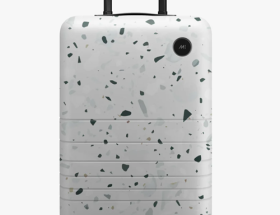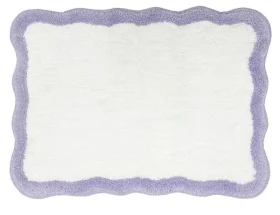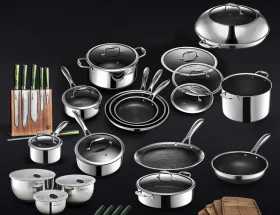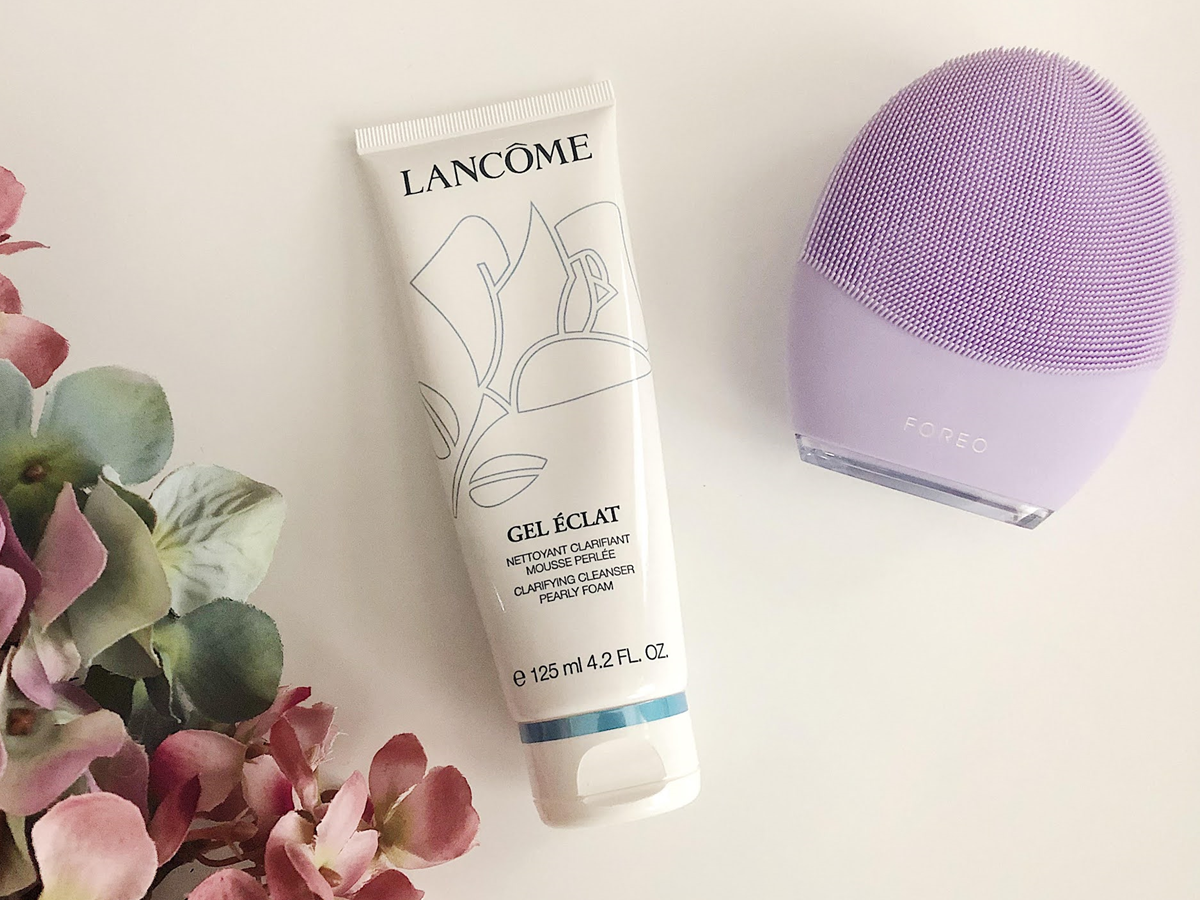
Latest Trends in Eco Friendly Household Products
Affiliate Disclosure: This site may contain links to affiliate websites, and we receive an affiliate commission for any purchases made by you on the affiliate website using such links.
As awareness about environmental impact grows, eco-friendly household products are gaining significant traction. This trend reflects a collective shift towards sustainable living, with consumers increasingly prioritizing products that align with green practices. The latest trends in this domain emphasize sustainable materials, biodegradable packaging, and energy-efficient appliances, all of which contribute to creating a greener home environment and reducing the carbon footprint.
Sustainable materials are at the forefront of this movement. Products made from bamboo, recycled plastics, and organic cotton are becoming common choices for eco-conscious consumers. Bamboo, known for its rapid growth and renewability, is used in everything from kitchen utensils to furniture. Recycled plastics are finding new life in items like rugs and storage bins, demonstrating that sustainability and style can coexist. Organic cotton, free from harmful pesticides, is favored for its softness and biodegradability, making it a popular choice for textiles.

Biodegradable packaging is another trend reshaping the household products market. As plastic waste becomes a pressing global issue, manufacturers are turning to alternatives like compostable films and recyclable materials. These not only reduce waste but also encourage a circular economy, where resources are continuously reused and recycled. Brands offering refillable containers for products like cleaning solutions are also gaining popularity, allowing consumers to minimize single-use plastic consumption.
Energy-efficient appliances are playing a crucial role in reducing household energy consumption. Modern innovations in this area include smart thermostats, LED lighting, and high-efficiency washing machines. Smart thermostats optimize heating and cooling by learning user habits, significantly cutting down energy use. LED lights, boasting lower energy usage and longer lifespans than traditional bulbs, are becoming standard in many homes. High-efficiency washing machines minimize water and electricity usage, offering both environmental and cost benefits.

These eco-friendly household products not only help reduce individual carbon footprints but also promote a broader culture of sustainability. By choosing products that are kind to the environment, consumers are contributing to a future where green living is the norm rather than the exception. This shift demonstrates that small changes in purchasing habits can lead to significant positive impacts on the planet. As awareness and demand for these products continue to rise, the market is likely to see even more innovative solutions that make sustainable living accessible and appealing to all.









